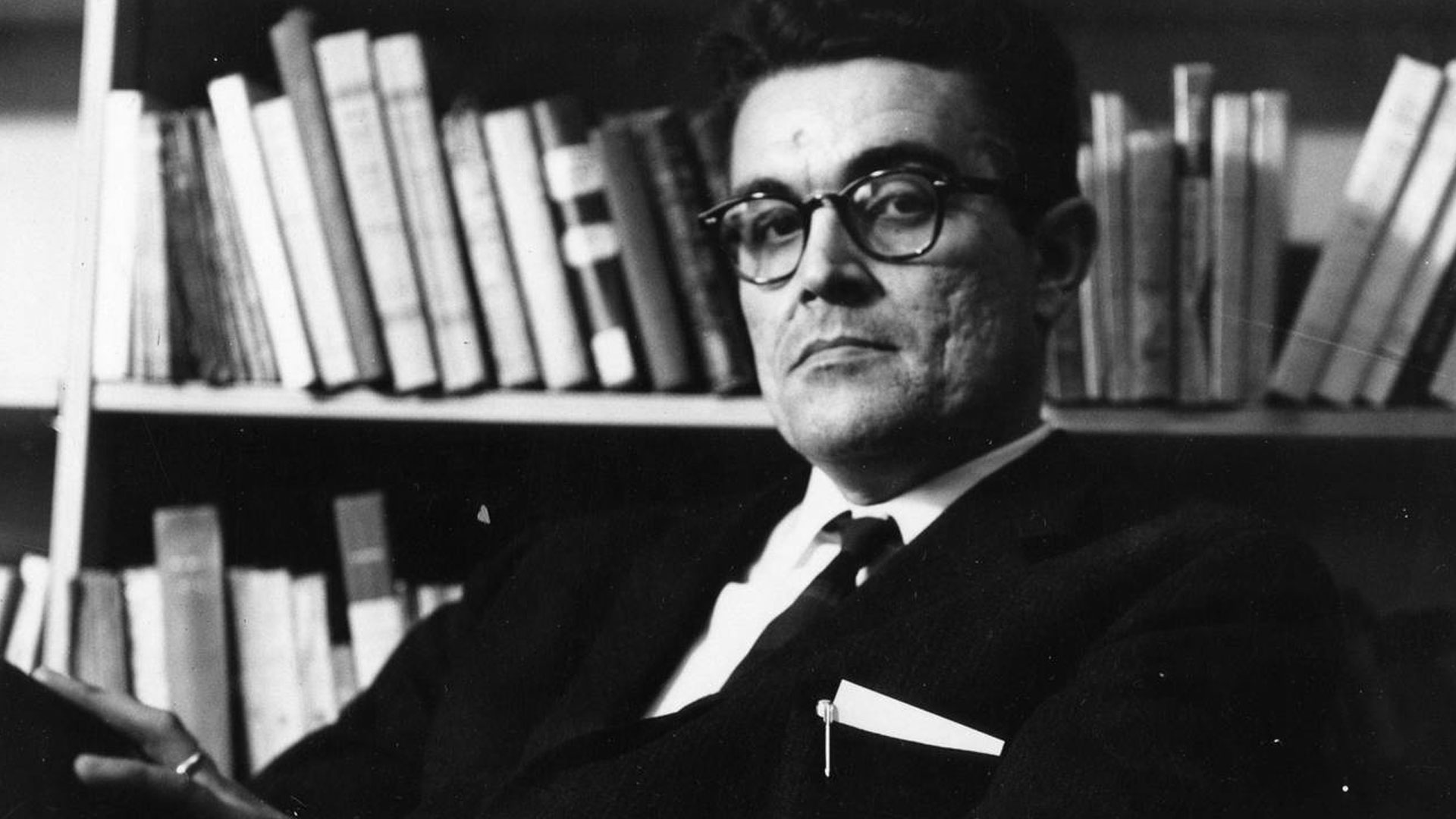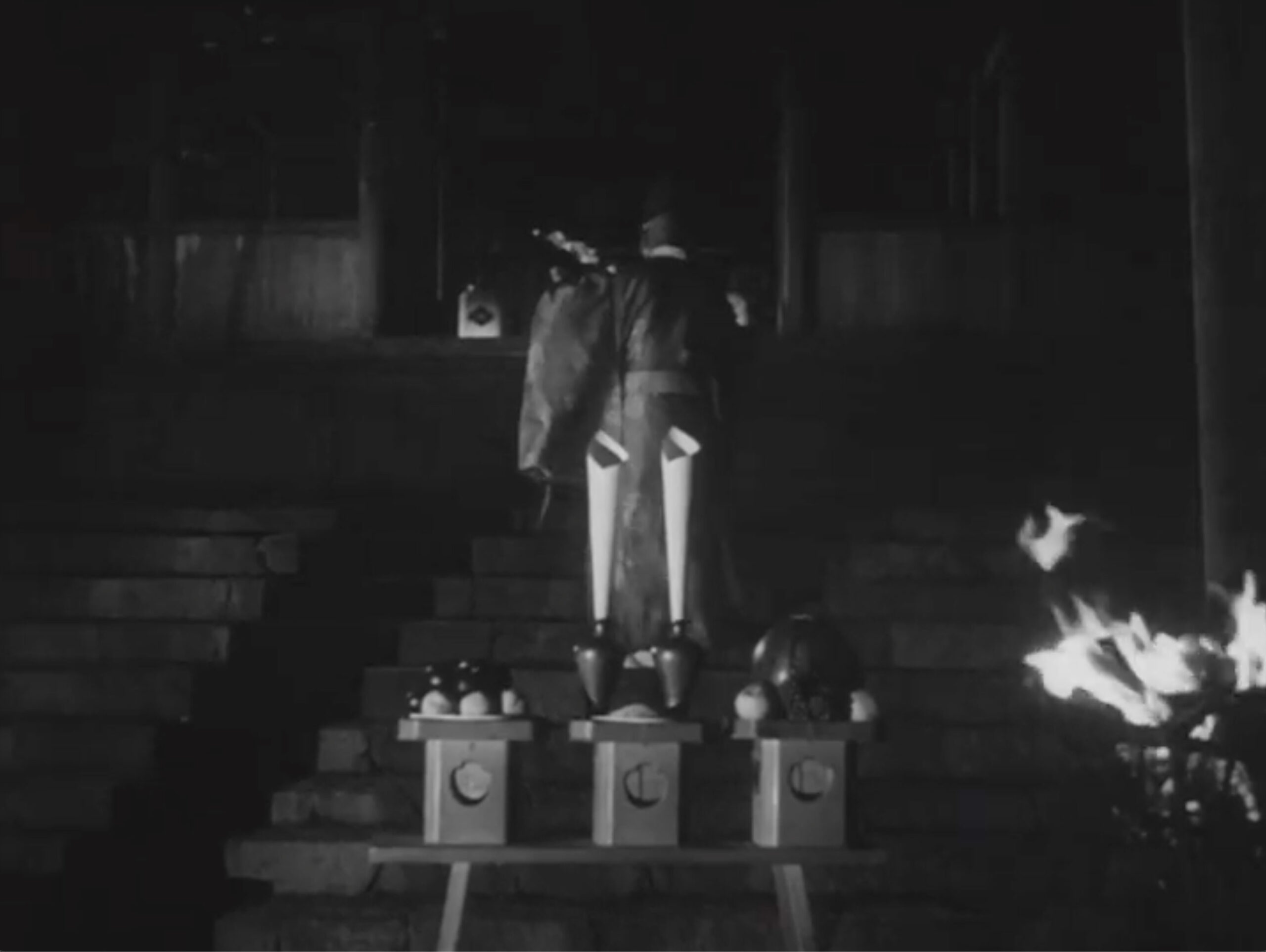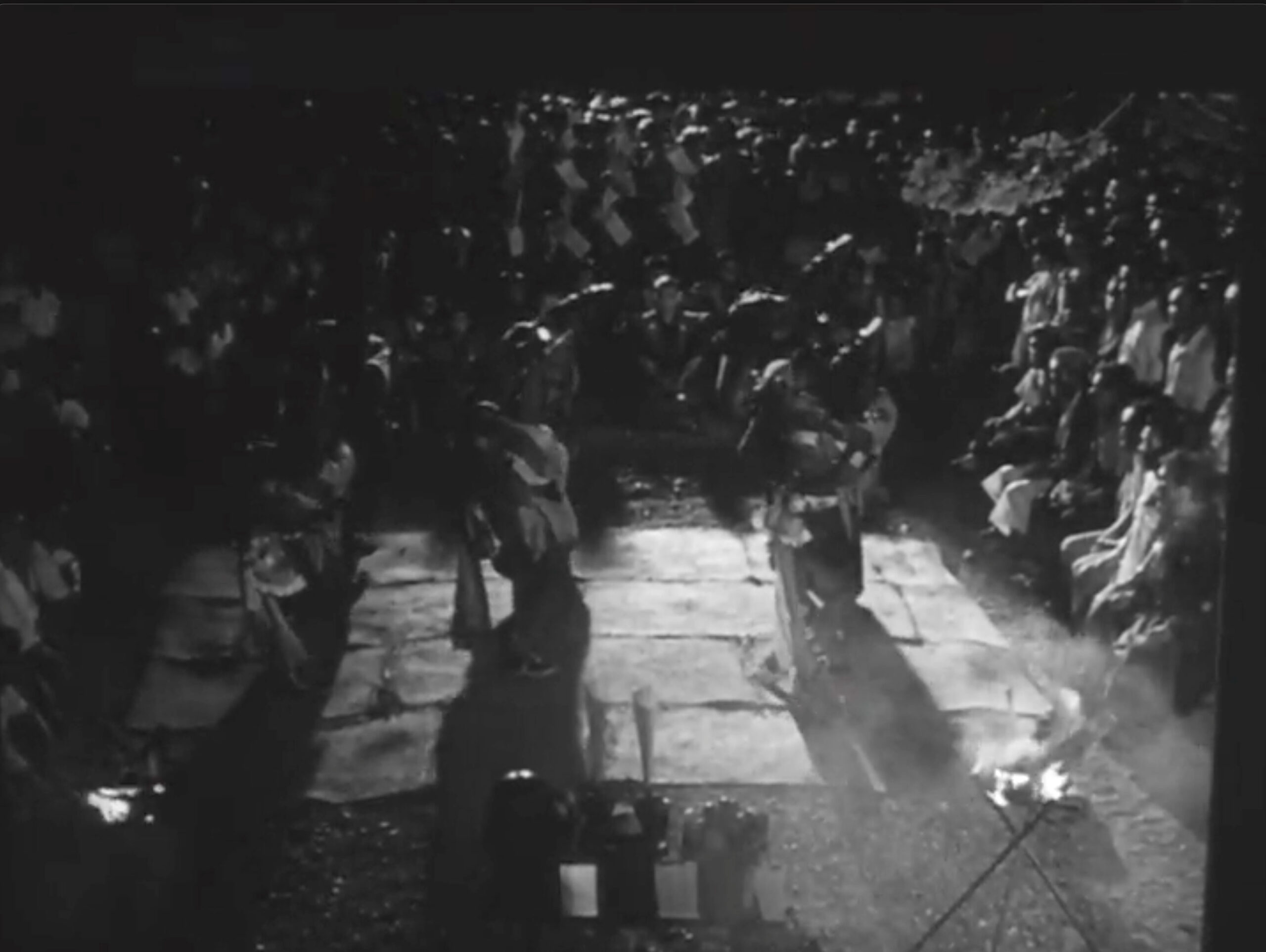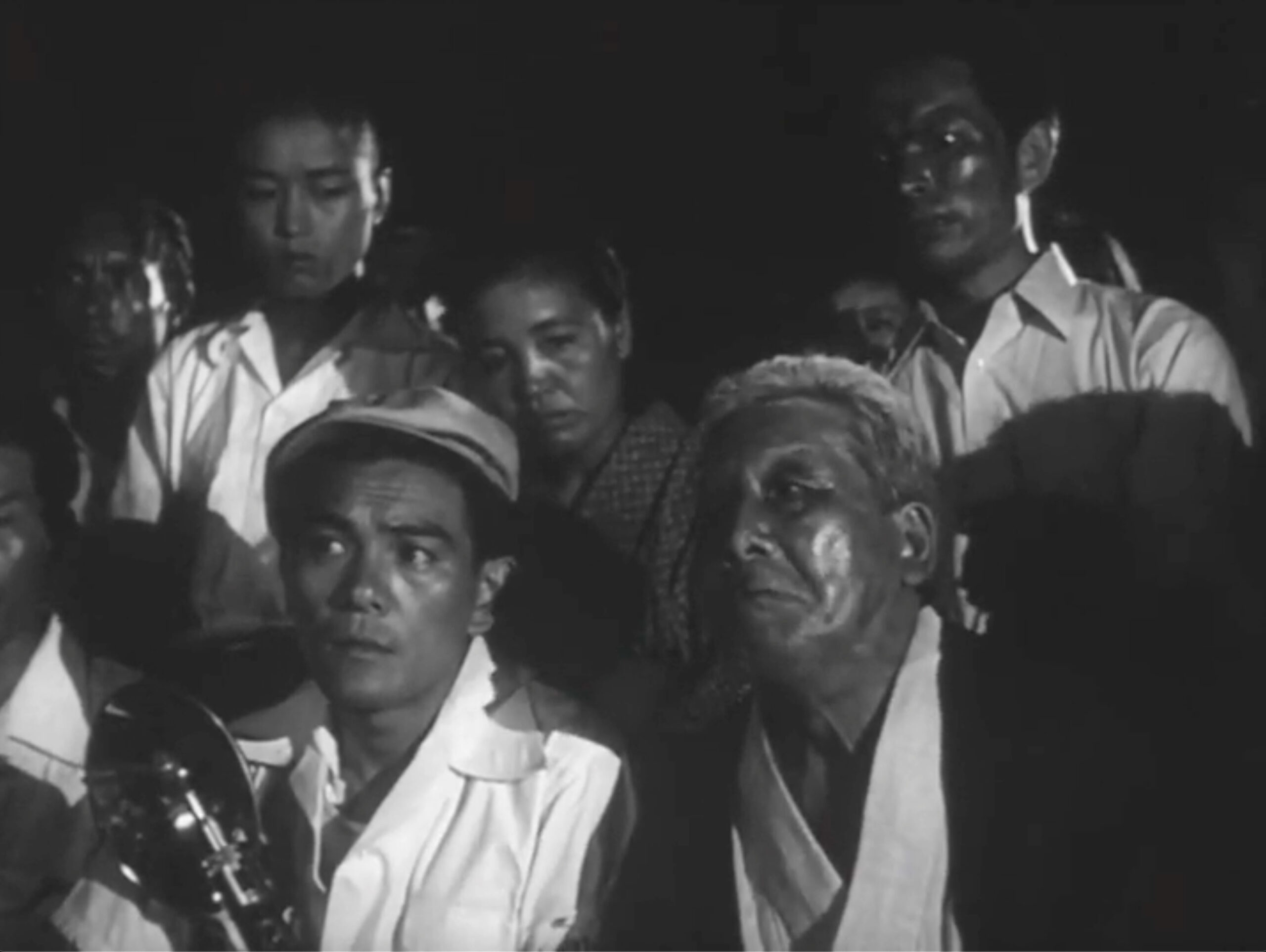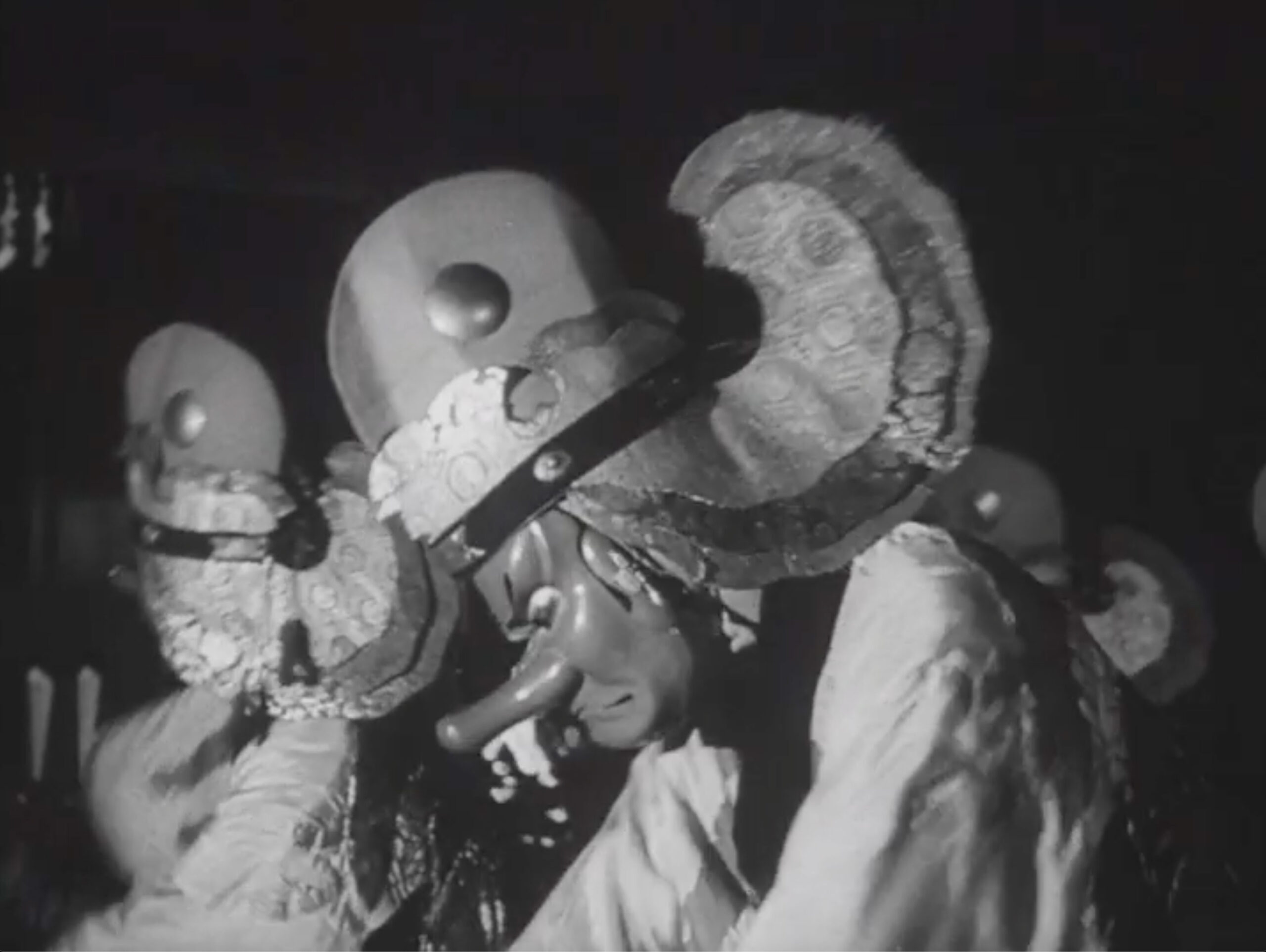4.29.14 (Revised 9.17.2022)
Anyone familiar with the theory of mimesis and the scapegoat mechanism by René Girard will understand the deeper meaning and significance of Godzilla and identify the organizing structure in the story of Godzilla (1954). Here is a summary of Girard’s theory by Hamerton-Kelly.
“The basic components of the Girardian hermeneutical theory are mimetic rivalry and the scapegoat mechanism. Human desire is essentially imitative. It copies the other in his desire; objects become desirable because somebody else desires them. Eventually desire becomes competitive and loses sight of the object because of concentration on the rival. The rivalry becomes violent, one tries to kill the other, and such violence makes community impossible, until the group spontaneously discovers the scape-goat mechanism, which transforms random violence into unanimous violence by directing it against one victim. Violence then unites rather than divides the group, making community and culture possible. The scapegoat victim is sacralized by the process, he/she embodies the sacred which has the two valencies of violence as destructive and as unifying. The process of killing the victim is re-enacted ritually in sacrifice, a good and life-giving activity, thereby concealing from us the originary and persisting violence and giving us a false estimate of human nature and society, as essentially benign. The scapegoat, therefore, is the generator of all culture.” (Source: Hamerton-Kelly, “A Girardian Interpretation of Paul: Rivarly, Mimesis, and Victimage in the Corinthian Correspondence,” Semiea 33, pp. 67-8)
